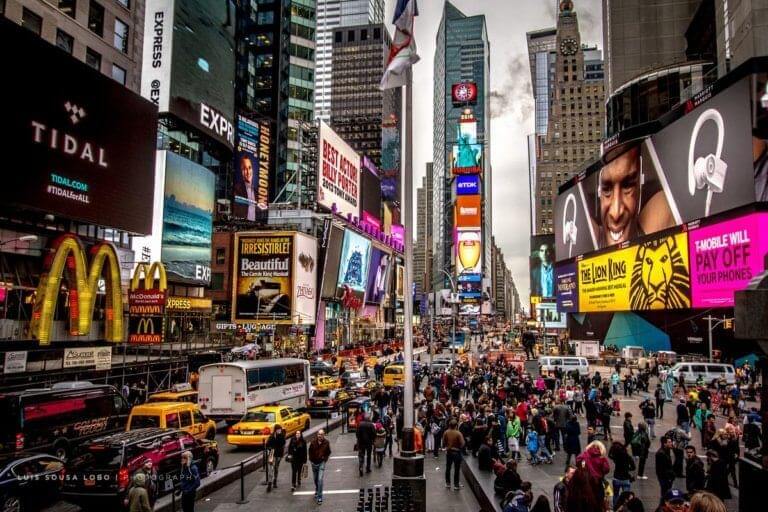
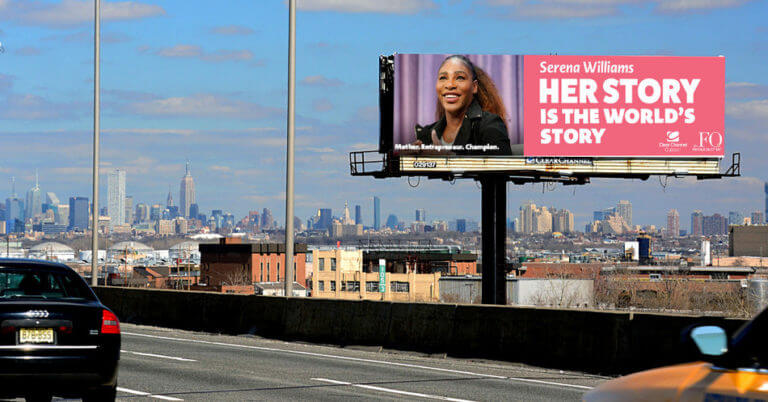
Image source : google
Outdoor advertising or out of home are media advertisements designed to reach the audience when they are outside their house, they are displayed in public areas where there is most interaction. they are creative ads with interesting taglines that catch the audience’s attention. the main purpose of OOH ads is to increase brand visibility, the number of times people see a certain brand increases the chances of a recall. OOH ads also help in increasing brand awareness providing impactful messages.
Outdoor ads are spotted every day, especially when living in a city side like Toronto or New York. We see hundreds of outdoor advertisements every day, and understanding how these ads work is very important, various factors like location, design, placement, etc impact the results of OOH. if not doing it the right way the recall of those ads is almost zero. Doing it the right way is imperative, or it is merely a waste.
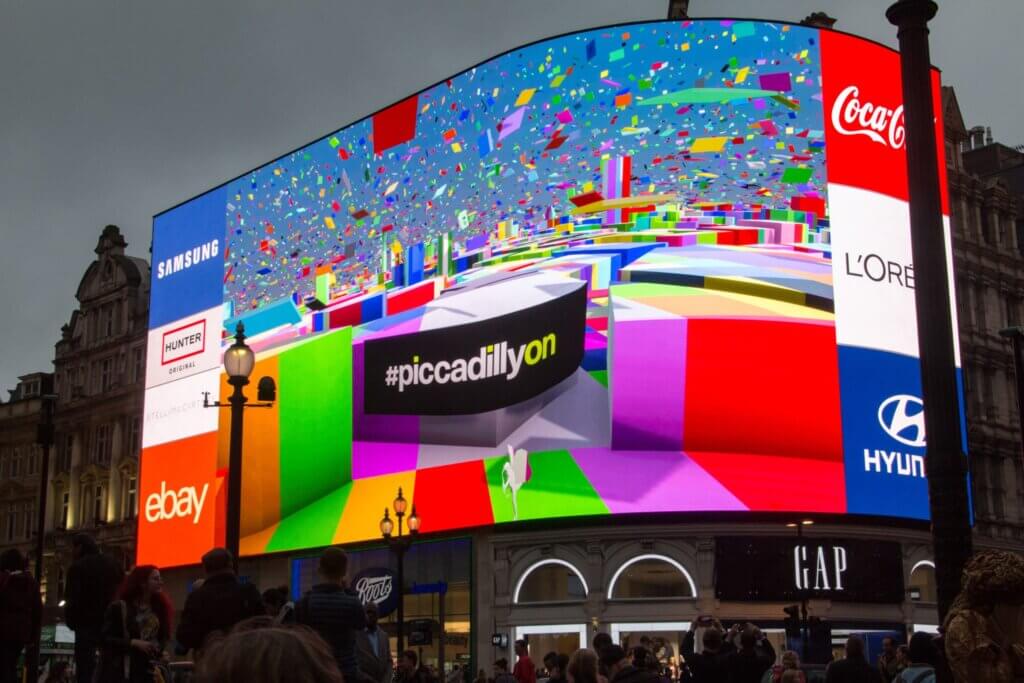
Image source : google
Also known as out-of-home (OOH) advertising, outdoor advertising is a broad term that describes any advertising that reaches the consumer when he or she is outside of the home. It’s that simple. It can be segregated into smaller segments, but when it comes down to it, if it’s out of the home, it’s outdoor advertising.
Outdoor advertising is considered a mass-market medium, just like broadcast, radio, TV, and cinema advertising. For this reason, it’s used for broad messages, branding, and support campaigns.
If you are looking to do an outdoor ad, whether as an agency or for your brand, remember that it cannot do the heavy lifting. Any attempts to do so will usually lead to a very cluttered and confusing message, and with so little time to take in the ad, it will be a waste of money. Once you start putting more than ten words of copy on a billboard, for example, you are asking an awful lot of the consumer. Many are driving past at high speed. So, you have to choose wisely, and also take into account the digital me that can pair with the outdoor message.

Image source : google
Types of Outdoor Advertising
Perhaps the biggest goal of any brand is to see their work posted around the streets of the country they work. And one of the most common ways to achieve that is through outdoor advertising. Outdoor is a staple of the media mix, as it reaches hundreds of thousands of people, by foot, mass transit, or car, and is usually very quick and impactful. The most common forms of outdoor advertising include:
- Billboard advertising
- Point-of-sale displays
- Street furniture (bus shelters, kiosks, telephone booths, etc.)
- Transit advertising and wraps (taxis, buses, subways, trains, etc.)
- Mobile Billboards
- Guerrilla advertising (aka ambient media)
In the past, a billboard or outdoor ad was merely a way to do brand awareness. It is not possible to convey a complex message on a medium that people see for only a few seconds, or minutes at best, so it’s seen as support for TV, direct mail, radio, and print. In short, keep the product or service top of mind, but let the other forms of advertising do the heavy lifting.
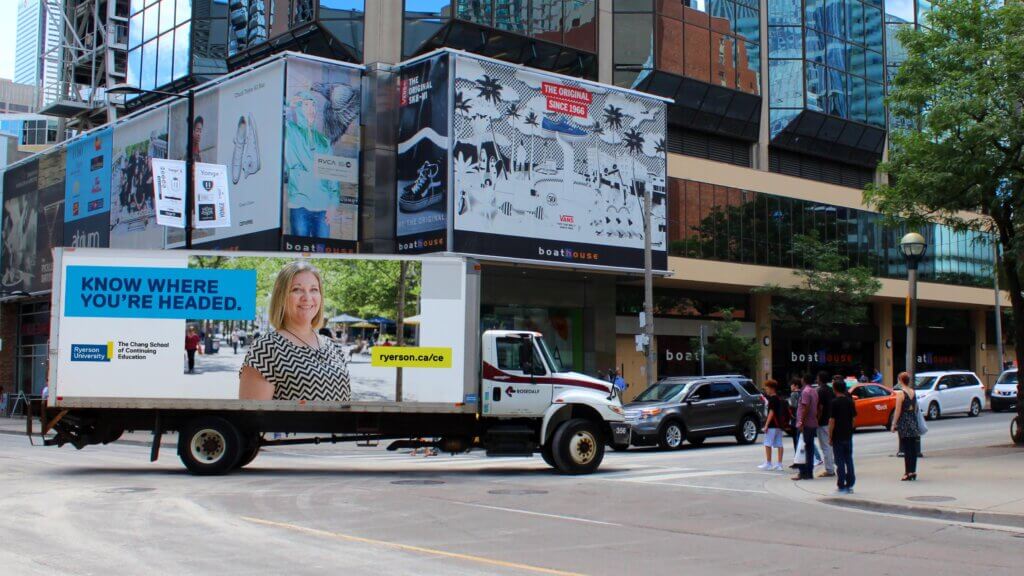
Image source : google
However, with the advent of mobile technology, and websites, outdoor can now drive people to something instantly. From QR codes to simple web addresses, or even apps like Snapchat and Instagram, outdoor can be a way to begin a conversation with the consumer, or prompt an outdoor campaign to go viral.
Some outdoor advertising can become a focal point for an entire campaign, mainly if it encompasses a stunt, or drives interaction with users and their cell phones. Recent examples include the TNT “Push To Add Drama” stunt, the tailgating ads for the Colorado State Patrol, and the Pepsi Max Unbelievable bus shelter.
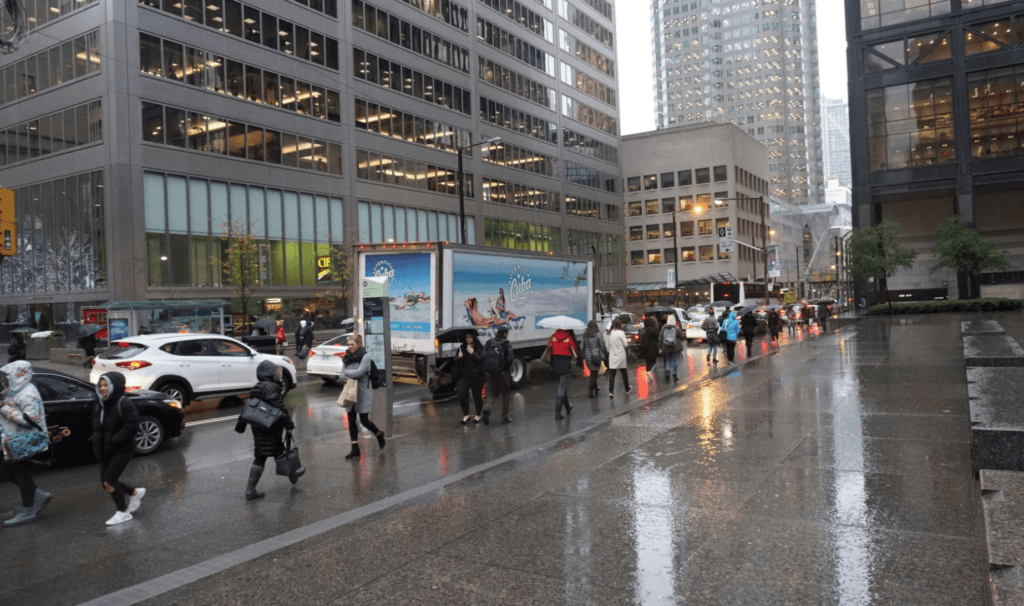
Image source : google
Costs Associated With Outdoor Advertising
As with other forms of mass-market communication, reaching hundreds of thousands of consumers is not cheap. And as competition for billboard spaces increases, so do the associated costs.
To understand the costs involved, it’s important to know how they’re calculated. It’s based on a system called Gross Ratings Points (GRP), which refers to impressions that are delivered by a media schedule for the outdoor location. This is called the DEC, or Daily Effective Circulation, and is also known as a “showing.” One rating point is equal to 1% of the market population.
There are many factors involved in this, which is based on traffic, visibility, location, size and so on. This rating gives you a showing score of anything from 1% to 100%. 50% means that at least 50% of the population in the area would see one of your boards at least once a day. You can expect to pay tens of thousands of dollars for a 50 showing for one month. In a significant area like New York, Chicago or Los Angeles, expect the price to skyrocket. You really do get what you pay for.


